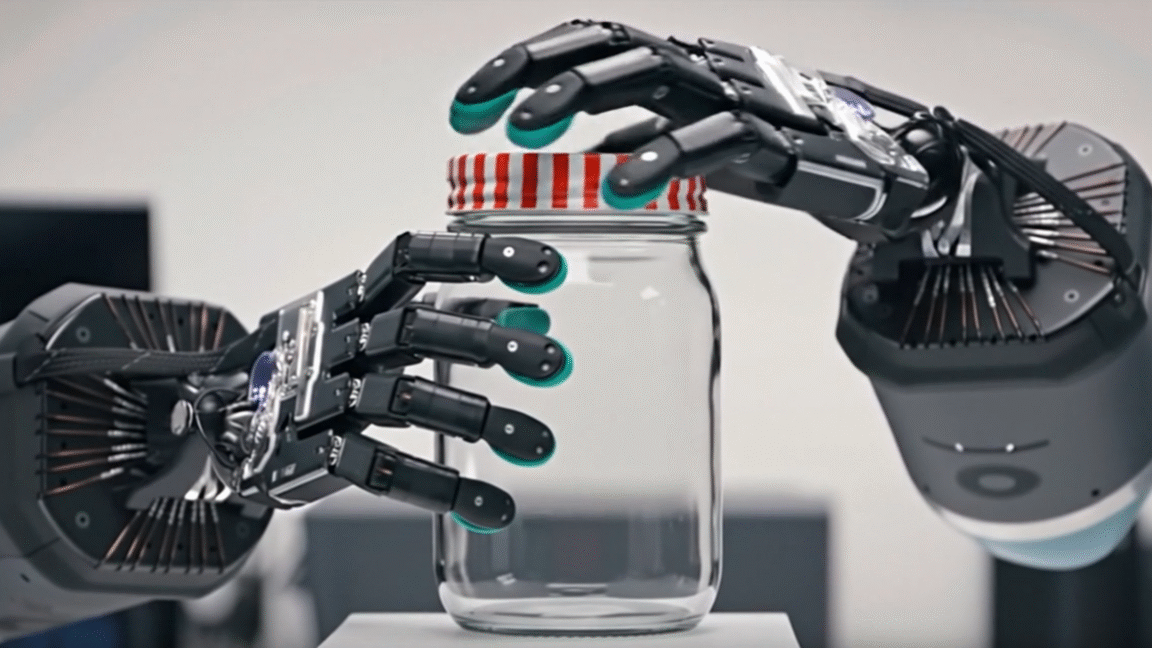SOUTH CHICAGO — Developers broke ground Tuesday on the first phase of Quantum Shore Chicago, paving a path for a megadevelopment that they hope will become a global research hub for quantum innovation.
Related Midwest and CRG used the ceremony to hail the project’s opening chapter at the 440-acre former U.S. Steel South Works site along Lake Michigan at 8080 S. DuSable Lake Shore Drive. The initial phase will include the construction of the Illinois Quantum & Microelectronics Park, which will be anchored by PsiQuantum, a Palo Alto, California-based quantum computing startup.
Others tenants will include IBM, Infleqtion, Australian quantum startup Diraq, and the Defense Advanced Research Projects Agency, a part of the U.S. Department of Defense.
At Tuesday’s groundbreaking, Gov. JB Pritzker called the site “an engine of transformative economic growth,” and he said the quantum park’s opening will create jobs and generate billions in private investment for Illinois.
“Quantum has the potential to help solve some of humanity’s greatest challenges in national security, artificial intelligence, pharmaceuticals, energy, finance and beyond,” Pritzker said. “With every new development in hardware and software, we can support the underlying systems that are world-reliable and improve quality of life exponentially. And with every inch of progress, we bring ourselves to just a little bit closer to the seismic advancements that can change everything.”
Quantum computers are designed to perform more complex calculations to solve problems than traditional computers. Quantum computing is often likened to the next space race as researchers develop applications for financial modeling, cybersecurity and scientific research. PsiQuantum hopes to build the first commercially useful quantum computer at this site.
Pritzker was joined at Tuesday’s ceremony by other lawmakers, including county board President Toni Preckwinkle, Mayor Brandon Johnson and Alds. Peter Chico (10th) and Greg Mitchell (7th).
Johnson used the occasion to highlight how generations of Chicagoans, many from immigrant families, “built their lives and the steel that built America” at the former U.S. Steel South Works site before the plant closed in 1992.
“Opportunity left with it, and the Southeast Side endured decades of disinvestment,” Johnson said. “Today, we embark upon the next chapter of this community story.”
The project will include a $300 million investment from Advocate Health to build a hospital on the South Side — part of Johnson’s Build Better Together initiative — and expand access to the lakefront.
Some neighbors have voiced mixed feelings about the site’s purchase. Community leaders with the Coalition for a South Works CBA urged Pritzker to partner on a community benefits agreement at a press conference earlier Tuesday, expressing economic, environmental and displacement concerns over the project.
The coalition is pushing for a legally binding agreement that will ensure longtime residents benefit through local hiring mandates and are not priced out of the neighborhood by rent or tax increases.
“Since Related Midwestern and their partners have received over $1 billion in taxes and resources, Southeast Side communities are looking for comparable on the Southeast Side. We want to see a return on our investment,” said Amalia NietoGomez, of the Alliance of the Southeast.
Other groups, like Southside Together, oppose the quantum computing campus altogether, wanting to see money instead go toward transportation, infrastructure or food and grocery access on the South Side. At a rally last month, Southside Together member Yaa Angie Orokoh demanded “a transparent and democratic process on what happens in our communities.”
Outside Tuesday’s event, a group of organizers from Southside Together again protested, calling the center an investment that’s not for the community.
After living in South Shore for 14 years, Alvyn Walker, a member with organizing group South Side Together, felt blindsided by the announcement, he said. Looking at other gentrifying neighborhoods across the city, he fears his community is next, he said.
“After many years of divestment in the community, after many years of negligence, allowing this community to starve on the vine, now all of a sudden we’re going to have a quantum facility?” Walker said. “It’s going to displace an entire population of people that are here now. That’s the only thing it can do.”
Other residents also fear environmental pollution from the historically contaminated steel site.
“Our homes and residents’ health should not become a sacrifice zone for the quantum development that Gov. Pritzker says will be a gift to the world,” said Anne Holcomb, an environmental activist with ETHOS, or Environment, Transportation, Health and Open Space. “We don’t want to be poisoned. We want transparency on what’s in the ground. We want protections during construction, and we want the South Works brownfield cleaned up. The Illinois Constitution states that we have the right to a healthy environment.”
Holcomb’s group recently tested the soil with scientists from Indiana and Oxford Universities, finding hazards still present, including heavy metals like lead and chromium and toxins like arsenic, which can cause serious health issues.
“U.S. Steel made a mess by dumping 100 years of steel mill waste into the soil, and it will take big corporate money to clean it up,” she said.
Last year, PsiQuantum estimated it would cost $9 billion to complete the project. In addition to a $500 million investment in IQMP, the state of Illinois previously invested $200 million to support the Chicago Quantum Exchange, the first state to make that large of a commitment to quantum. The project will also receive an estimated $175 million over 30 years in county tax breaks, and the city is supporting with a $1.25 billion housing and economic development bond.
“We’ve heard all the promises. We want commitments in writing. We need a Community Benefits Agreement and policies to stop the displacement of long-time residents,” NietoGomez said.
Listen to the Block Club Chicago podcast:
